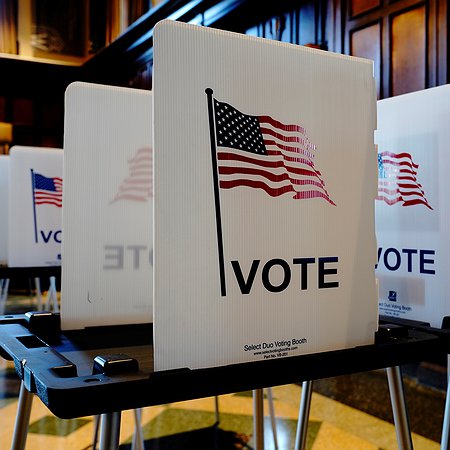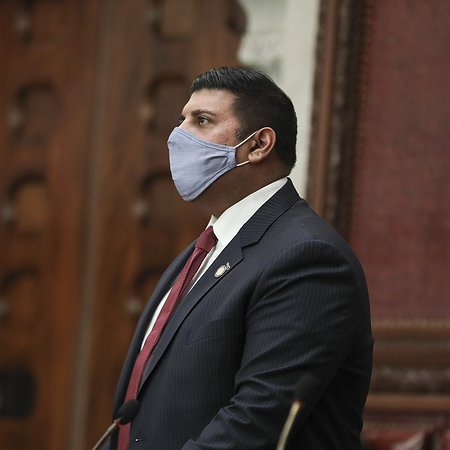Schenectady Police Chief, Local Politicians Fearmonger About Bail Reform
Schenectady Police Chief Eric Clifford, along with several local politicians, fearmongered and misled the public about bail reform in an article in the Daily Gazette. Clifford falsely claimed that bail reform is connected to increases in crime, misrepresented the law, advocated for racist and opaque pretrial detention standards and lied about rearrests.
The Briefing

Schenectady Police Chief Eric Clifford, along with several local politicians, fearmongered and misled the public about bail reform in an article in the Daily Gazette. Clifford falsely claimed that bail reform is connected to increases in crime, misrepresented the law, advocated for racist and opaque pretrial detention standards and lied about rearrests.
Bail reform is not connected to any increases in crime or failure-to-appear rates
First, Clifford falsely suggested that bail reform is connected to rising crime in his community. In fact, years of research is conclusive and draws no connection between any increases in crime and bail reform.
The reporter employs a problematic practice by citing anonymous and unnamed sources as critics who suggest – without any basis or required backup by the reporter – that bail reform “still suppresses law enforcement’s ability to incarcerate potentially dangerous offenders away from the public, risks flight and scares off witnesses from speaking up.” The reporter offers no support for or examples of the anonymous source’s claim about witness intimidation. Moreover, the claim that bail reform has led to people fleeing prosecution is categorically false. Outside of New York City, failure-to-appear rates remained flat after bail reform, and failure-to-appear rates dropped by six percentage points following the enactment of bail reform.
The claim that bail reform changed law enforcement’s ability to detain people – repeated by Clifford later in the story – is misleading at best. Bail reform only affected some misdemeanors and low-level felonies. Judges can and do continue to set bail for people charged with violent felonies.
Jail is not an effective public safety measure
In advocating for detention based on a person’s “state of mind where they’re harmful to the community,” Clifford opens the door to mass indefinite pretrial detention. Judges cannot read minds, and giving them power to make gut determinations of dangerousness would create opaque and racist outcomes. “Dangerousness” has never been a standard for setting bail in New York, and the state definitively declined to adopt it in the 1970s – and for good reason.
Moreover, pretrial detention does not deter crime; instead it exacerbates crime’s driving factors. We know that pretrial incarceration is deadly, dehumanizing, and increases the likelihood of future arrests. If jail were an effective public safety measure, people would not continue to commit crimes after release.
Clifford also fearmongered about rearrests, suggesting that people charged with crimes are being rearrested without offering any evidence to support his assertion. Fortunately, the Daily Gazette noted later in the story that rearrest rates for violent felonies are exceptionally rare since bail reform went into effect.
Critics of bail reform are not providing real solutions
In the final section of the story, subtitled “It’s political,” the reporter allows several politicians to take aim at bail reform and spread lies and create division for the purpose of their own political power. Republican gubernatorial candidate Lee Zeldin has promised, if elected, to roll back bail reform and a host of other modest criminal legal system reforms once he assumes office. But, as the New York Daily News pointed out this week, Zeldin – along with the politicians quoted in the Daily Gazette story – does not provide any real solutions to address the root causes of crime. The research could not be more clear: jail is not an effective public safety measure.
In contrast, bail reform – which upholds freedom, protects public safety and saves taxpayer dollars – is a moral issue. Our safety is protected when we invest in mental health resources, community-based violence prevention programs and crisis stabilization centers, not police, prosecution and jails.
Story Link
Story in the Daily Gazette








